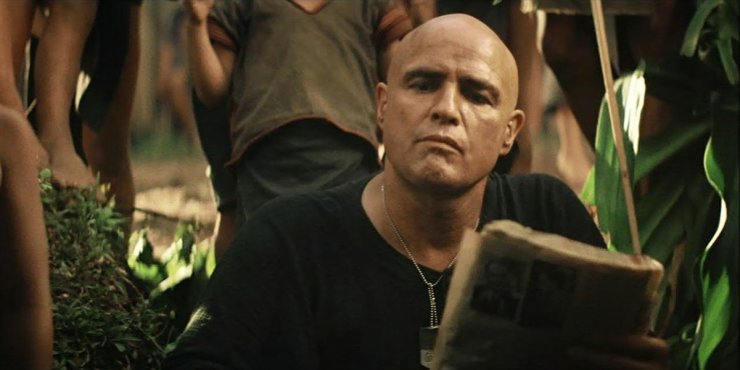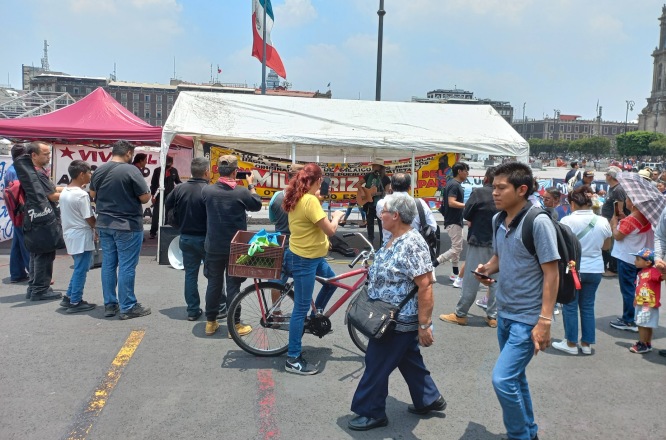January 2024 should have been a month-long celebration for the Ejército Zapatista de Liberación Nacional (EZLN). After all, it has been 30 years since Subcomandante Marcos and his ragtag Indigenous army rose up in rebellion to protest the plight of the original peoples’ communities in Chiapas, on the same day – January 1, 1994 – that NAFTA went into effect. Unlike the vast news coverage the rebellion garnered in its initial uprising, not many people paid attention to the 30th anniversary, and the few political analysts who did remember the so-called first rebellion of the 21st century, didn’t have much good to say about it.

Most devastating are the articles published in Proceso (January 2024), a national political magazine of great repute. The profile of the EZLN which it renders is almost pathetic. The journalists paint a picture of a decomposed revolution that has been in disarray for many years: internal disputes, dissolution of communities formed after the rebellion, immigration to the US of its members, an authoritarian leadership that has closed in upon itself and lost the support of many Indigenous communities, and most importantly, the strong presence or the drug cartels that are battling over Chiapas, are some of the issues brought up in Proceso.

The magazine confirms much of what had been rumored or known about the Zapatistas. For years, it has been known the rebels had been confined to the Selva Lacandona toward the border with Guatemala, and only bits of information have filtered about their activities. This allowed those interested in the movement to let their imagination run wild. Where is Marcos? Who knows, was always the answer. Supposedly he was now Subcomandante Galeano, and had become a shadowy figure like the mythical jaguar of the Selva Lacandona, only rarely seen. But from the information published, it seems Marcos has become more like Colonel Kurtz, in Francis Ford Coppola’s Apocalypse Now (1979), played by Brandon Marlon. It’s easy to imagine him fat and laying about in a secluded Indian town, and perhaps reading and writing apocalyptic poetry, like the mad, soldier-intellectual in Coppola’s Vietnam film.

Be that as it may, the reporting reveals to what extent the Zapatista movement has become irrelevant. Its mystique has dissipated like the mountain fog in a sunny day. The reason for this is that the Zapatista uprising was a conservative revolution. Yes, in 1994 everyone hailed Marcos’ use of technology, especially the internet. It was so radical and chic. However, the Sub-comandante yearned for a life that resembled the hippy communes of the sixties. His supporters, for the most part Europeans driven by colonial guilt, desired to reestablish the Indian ways of life as the Spanish had found them in the sixteenth century before the Indigenous holocaust. What actually ended up happening was the gentrification of emblematic cities, such as San Cristobal de las Casas which is now so full of bistros and boutique hotels that it should be renamed as San Cristobal de las Casas Gentrificadas!

It is ironic that in 1994 we all saw Raúl Salinas de Gortari, Ernesto Zedillo, and NAFTA as the Trinity of Globalization that would deal the final blow in the destruction of Mesoamerican civilization. The Left in Mexico suddenly became the defenders of the original peoples of the country, chief among them was Andrés Manuel López Obrador. Now, he is the major player in bringing the hated neoliberalism to Mayan country with his choo choo train and could care less what Marcos-now-Galeano and the rest of the Zapatistas have to say on the matter.

Even more ironic, the government has not smashed the Zapatista Movement. Instead, it is the drug cartels that are doing this job. Cartel Jalisco Nueva Generación and Cartel de Sinaloa are in a deadly battle to control the routes along the Chiapas-Guatemala border. Some Indigenous communities have been displaced, others have begun to collaborate with the cartels. The Zapatistas have resorted mainly to sending out pathetic communiques warning the federal government of the inroads the cartels are making and the destruction they’re causing. The messages reveal how powerless and vulnerable the Zapatistas have become. These warnings go unheeded. López Obrador’s only response is to claim que no pasa nada. México, he says, es un país seguro. He asserts this as they bury tens of thousands of victims of violence each year. Never does he offer pity for the victims. Instead, he sends everyone, the cartels, the Indians and the Zapatistas lots of loving abrazos.

To what degree the once mystical EZLN has fallen is evidenced by its popularity in Mexico City. Last year, I happened to be with a couple of friends (who still support the movement) at the Zócalo in mid-July. We noticed a small cluster of stands in front of the Presidential Palace. Intrigued, we headed over to see what it was. It was a bunch of supporters of the EZLN. They were there selling T-shirts and some hand-made arts and crafts produced on the spot by Mayan Indians. The usual throngs of people walked around the giant plaza. But only a handful stopped to briefly gawk at the items on sale. None seem to buy anything, including my friends. In front of a small tent, some curious onlookers listened to a lonely older man singing protest songs.

I thought how far away we were from the exciting days of the spring of 2001 when Marcos and his gang toured the country and filled venues like the Zócalo with tens of thousands of supporters. I got to witness one of these impressive events in Cuernavaca, Morelos, the land of Emiliano Zapata. Now, the Indigenous people and few supporters are nothing but faded images of a gone-by era when for a brief moment, before Calderón began the war on drugs in 2006 and pushed the EZLN off the political map, it seemed like the original peoples were on the brink of a true transformation. That dream is gone.

Leave a comment